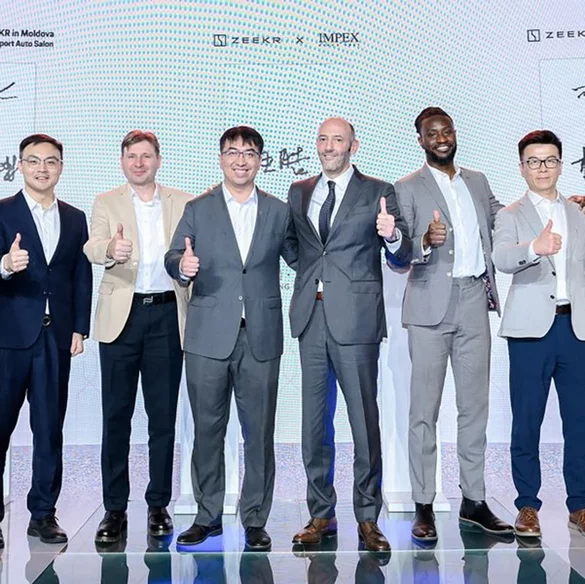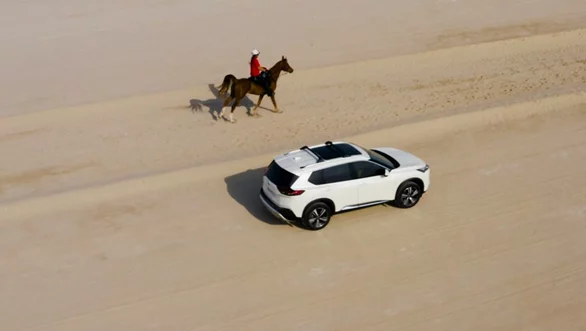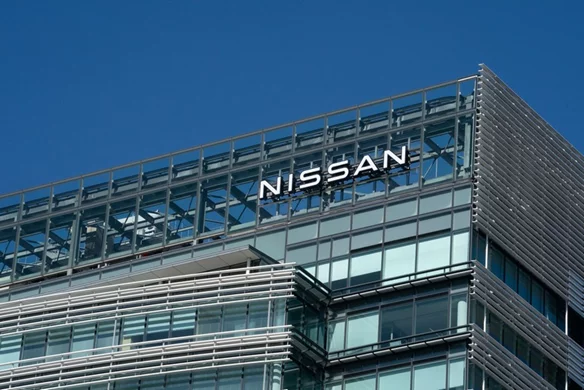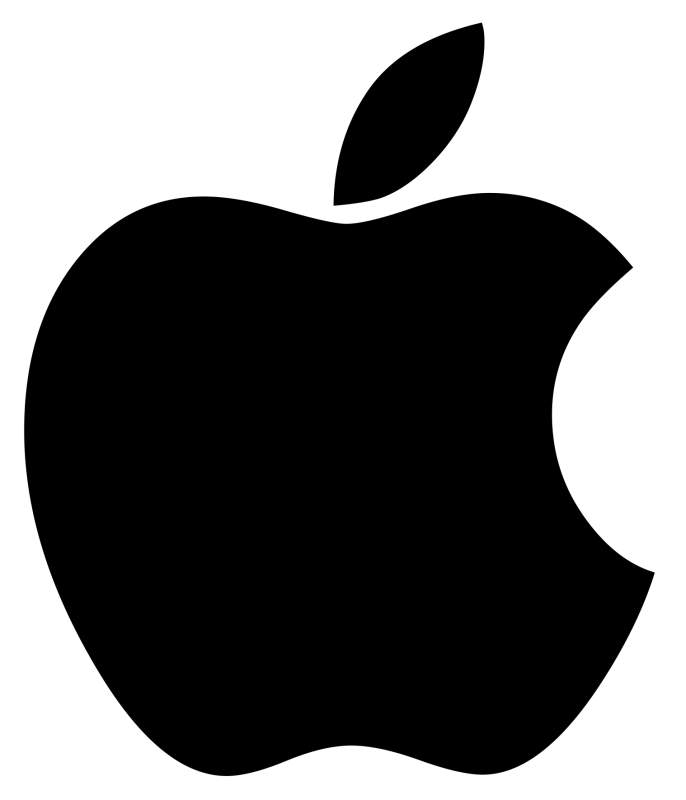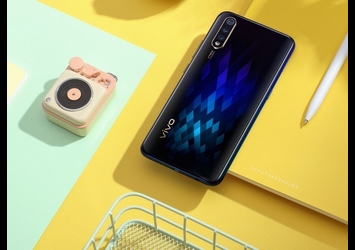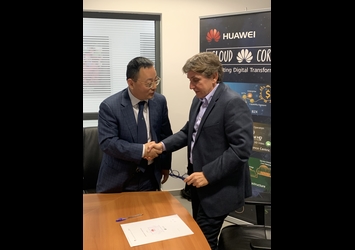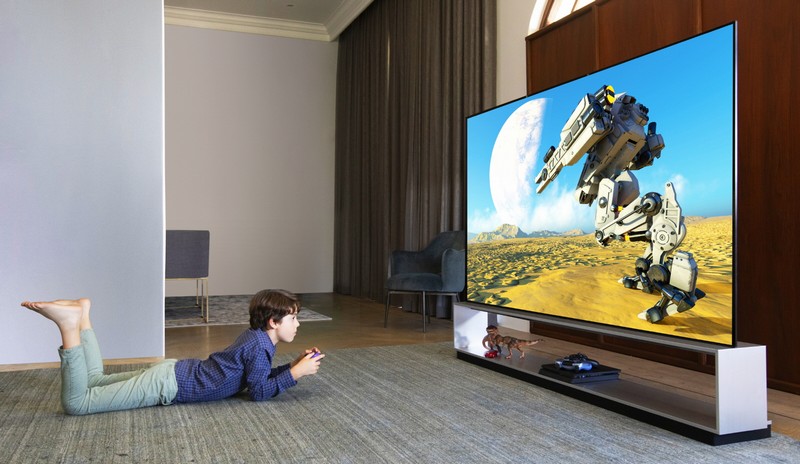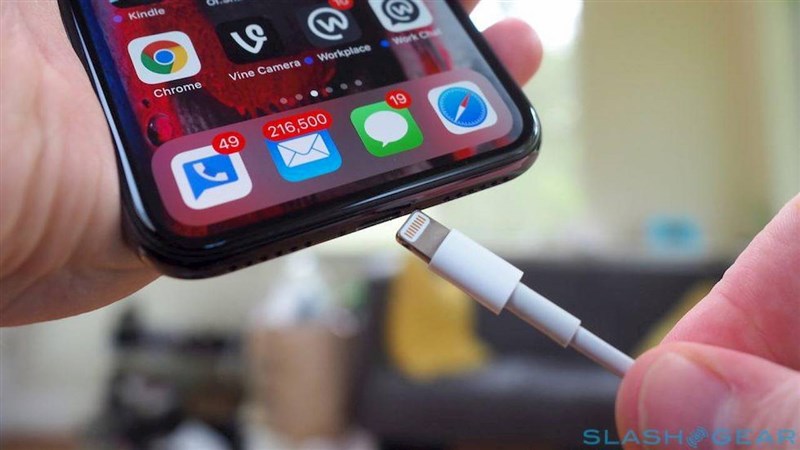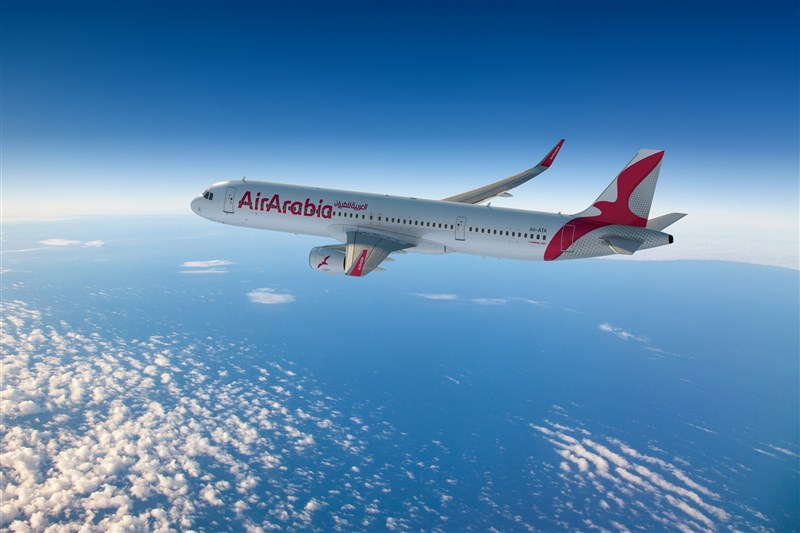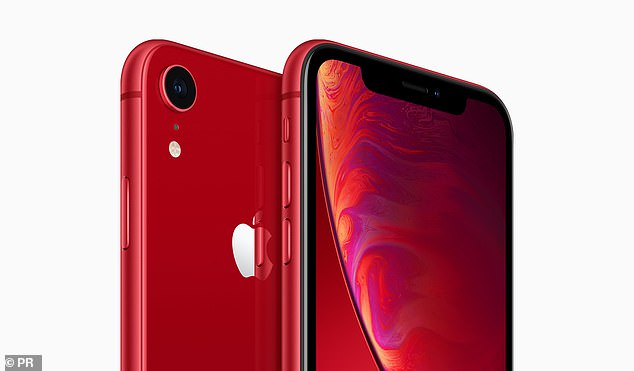I'm an engineer, fan of Phones, specially the latest generation, which beats in performance and quality any other generation. But before that, I'm an amateur Photographer which implies that this review will mainly be written with the needs of photographers in mind. We focus on camera features, performance, and image quality.
I honestly didn't use or test any Huawei phones since the P7, however the very first thing that drew my attention when I first got my hands on the Huawei P9 was the Logo of Leica.
Since I'm a super Photography fan, Leica has always been a dream to every single photographer who knows exactly what Leica is capable of, in terms of quality and performance of lenses.
But before going deep into the photography performance of this jewel, let's begin with the second thing that caught my eye:
The Design:
As i mentioned earlier, my previous Huawei phone was the P7, the difference between the P7 and P9 is just unbelievable.
The Huawei's design is in itself an achievement.
The Huawei P9's high-end components are wrapped up in a solidly built aluminum body. Thanks to the almost flat edges and straight shapes it's easy and comfortable to hold when used as a camera. For those who are worried about scratching the shiny metal back, a protective case might still be a good idea. The control layout is very conventional, with power button and volume rockers on the right edge and a fingerprint reader on the back plate below the camera module, a position that is easily reachable by your index finger. A USB Type-C connector for charging and data transfer can be found at the bottom edge of the device.
In the interior the Android operating system is powered by a Kirin 955 octa-core chipset and Power is provided by a 3,000mAh battery. The Interface is quite average, I've seen better, but it's not that bad specially that there are a range of quite interesting themes available.



The Huawei P9's most unusual and interesting component is its dual-camera. It was designed in collaboration with Leica and this fact is proudly displayed with a 'Leica Summarit' badge on the back of the device. The camera comes with dual 12MP sensors and F2.2 lenses, but unfortunately no optical image stabilization. Essentially, the RGB sensor focuses on capturing color information while, thanks to the lack of a color array filter, the monochrome chip captures better detail and dynamic range as well as lower noise levels. Combining the image information captured by both sensors should in theory result in better image quality than a conventional one-sensor setup. In addition, a frontal 8MP F2.2 camera is found and used for occasional self-portrait or video-chat (or... Snapchat ;).
The Camera:
Right behind the LG-G5, the Huawei P9 is the second device to launch in 2016 with dual cameras. However, while on the LG the secondary module essentially acts as a wide-angle extension, Huawei's approach is different. In the Huawei system, which has been co-engineered with German camera manufacturer Leica, a 12MP RGB main sensor is accompanied by a 12MP monochrome chip. Huawei says combining image information from both sensors makes the P9 camera 100% more light-sensitive than conventional smartphone cameras which should result in superior low light image quality. Indeed the low light Concert pictures that we shot with the P9 are definitely amazing (Helene Segara, Jean Michel Jarre and Caracalla at Baalbeck).
Low light is definitely one of the key strength points of this phone. I could cover this coming summer's concerts with the P9, and i can assure you the results would be amazing. As you can see, the photos of Carcalla concert in baalbeck were just as good as a professional SLR. Due to the low light, the P9 images presented great exposure and color across the ISO range. Furthermore, the white balance system fits well with mixed light situations. During normal shooting the camera goes as high as ISO 2000 but occasionally we have seen it use higher sensitivities. Unfortunately, the dual-camera system is not compatible with an optical image stabilization system. This means that at shutter, the speed is as slow as 1/16sec.The danger of the camera shaking is higher than it is on the P9's stabilized competitors.
The P9 is also capable of some other dual-camera tricks, such as simulating shallow depth-of-field (Moet & Chandon picture at Le Montagnou). This camera is no doubt one of the most fascinating creation we have seen this year.
Like most current smartphones the Huawei P9 does not have a dedicated camera button but you can open the camera app from icons on both lock and home screens. The camera app main screen comes with a fairly conventional layout. On the right edge you'll find the virtual shutter button, the video mode switch and access to the gallery. On the left edge there are icons for switching to the front camera, accessing the image filters, activating the shallow depth-of-field mode and the flash settings.
The amazing depth of field is definitely the best feature of this phone as you can see in the pictures above.
Key Photographic / Video Specifications
- Dual Sony IMX 286 12MP sensors with 1.25µm pixel size
- 27mm equivalent focal length
- F2.2 aperture
- Laser-assisted AF
- DNG Raw capture
- Manual control
- 1080p Full-HD video
- 720p, 120fps slow-motion video
- 8MP front camera with F2.4 aperture
Other Specifications
- 5.2-inch 1080p IPS screen
- HiSilicon Kirin 955 chipset
- 3GB RAM/32GB storage or 4GB RAM/64GB storage
- microSD slot
- 3,000mAh battery
- Fingerprint reader



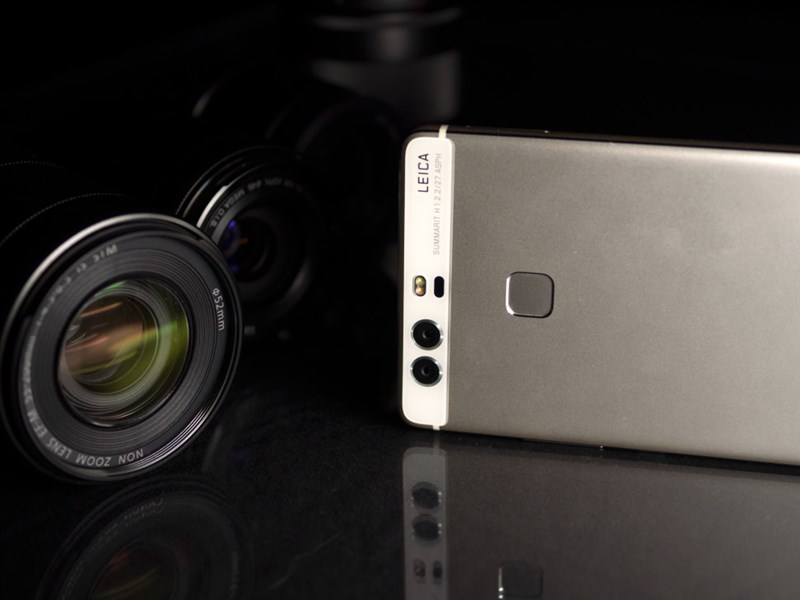
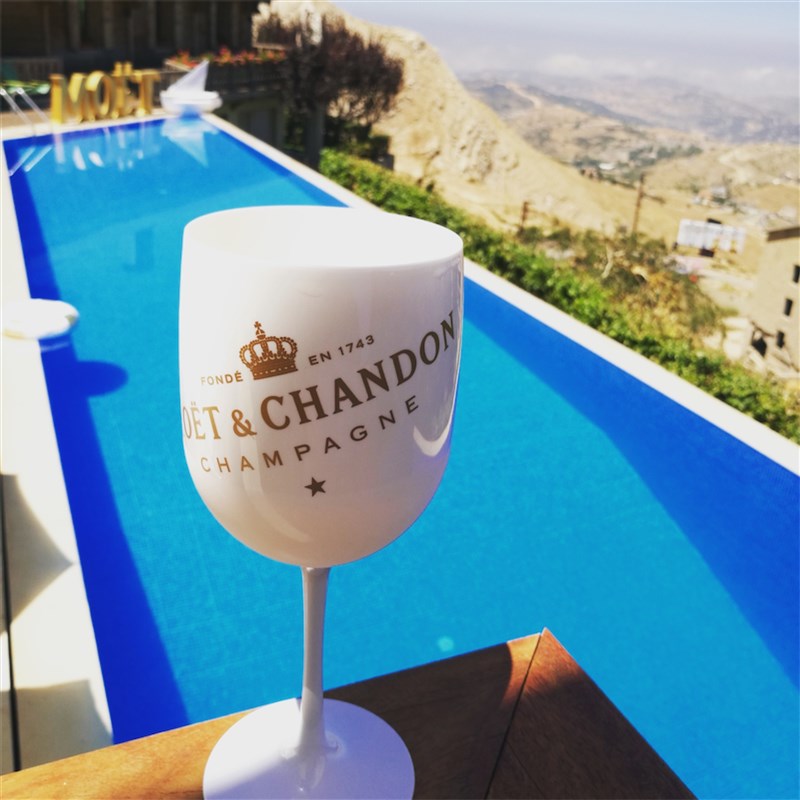
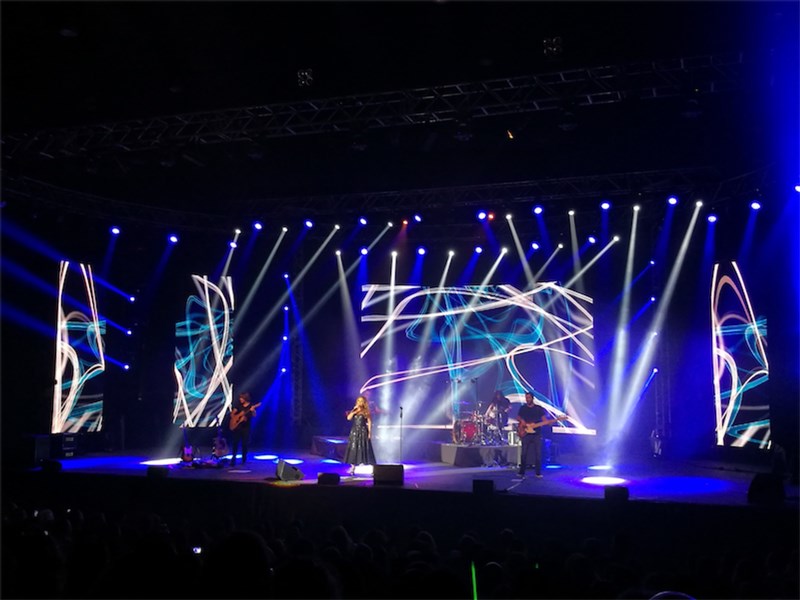
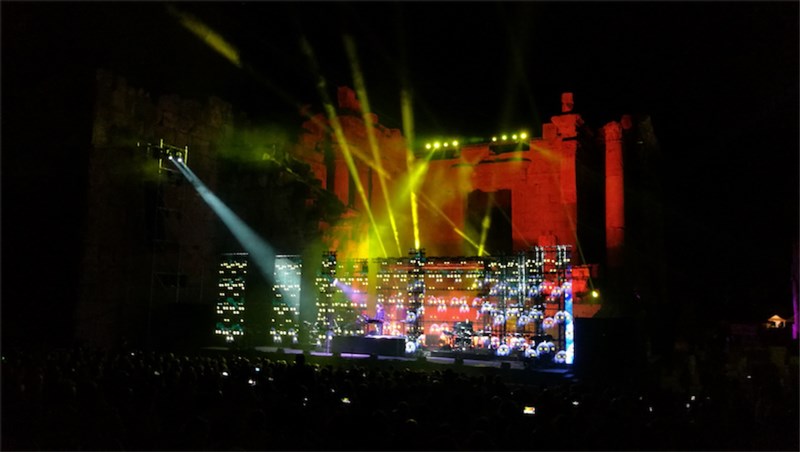
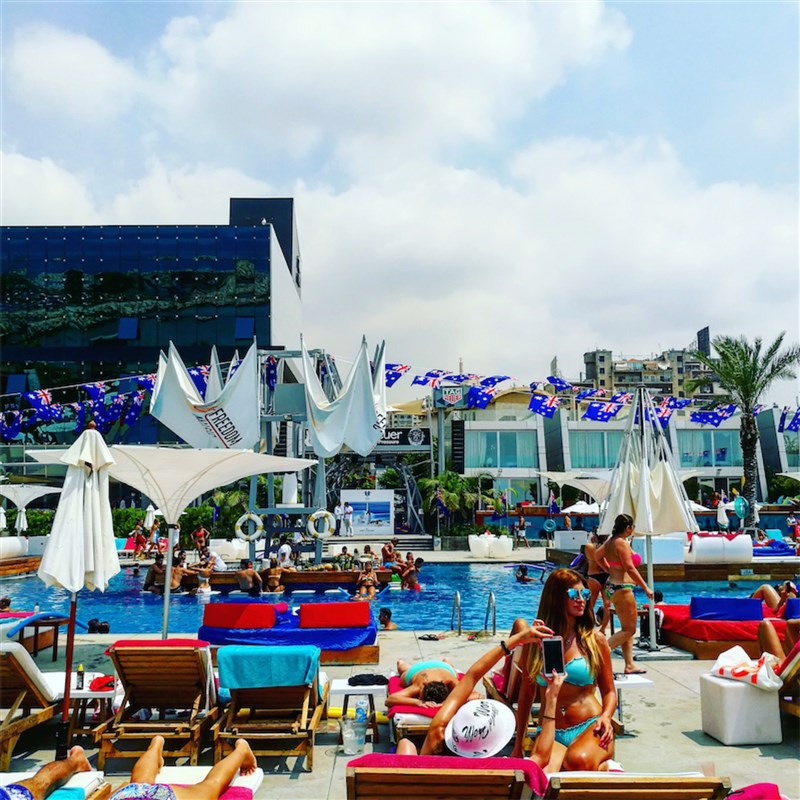
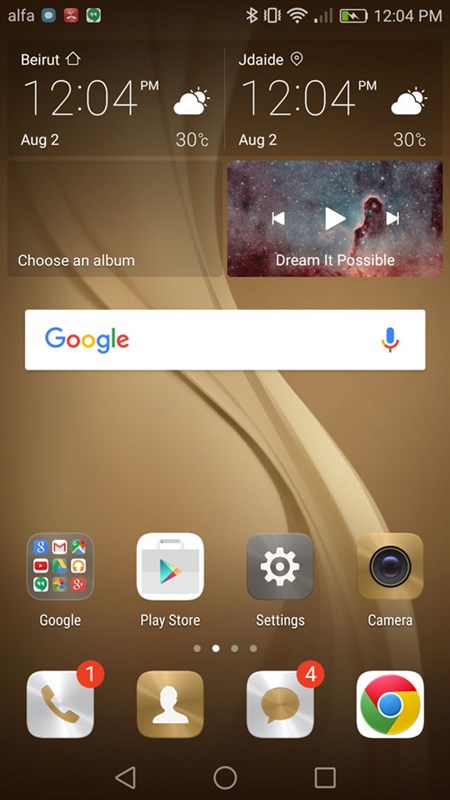
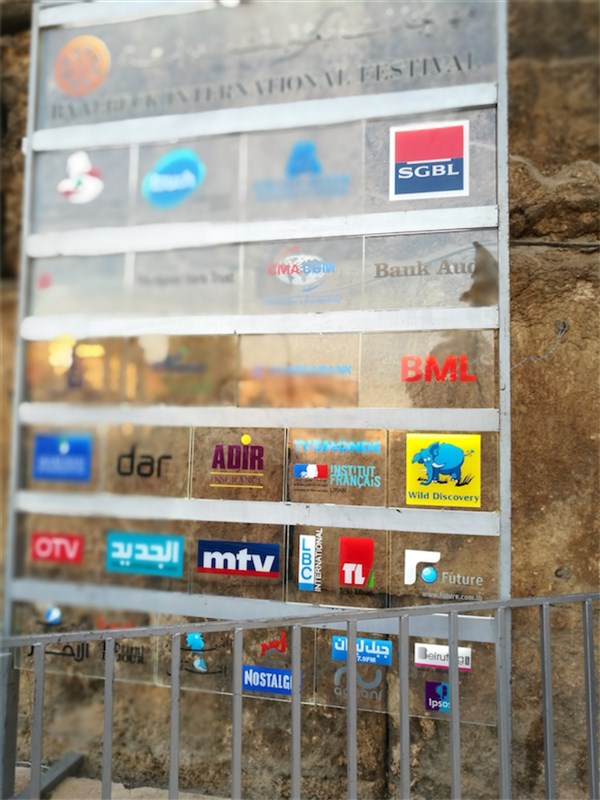
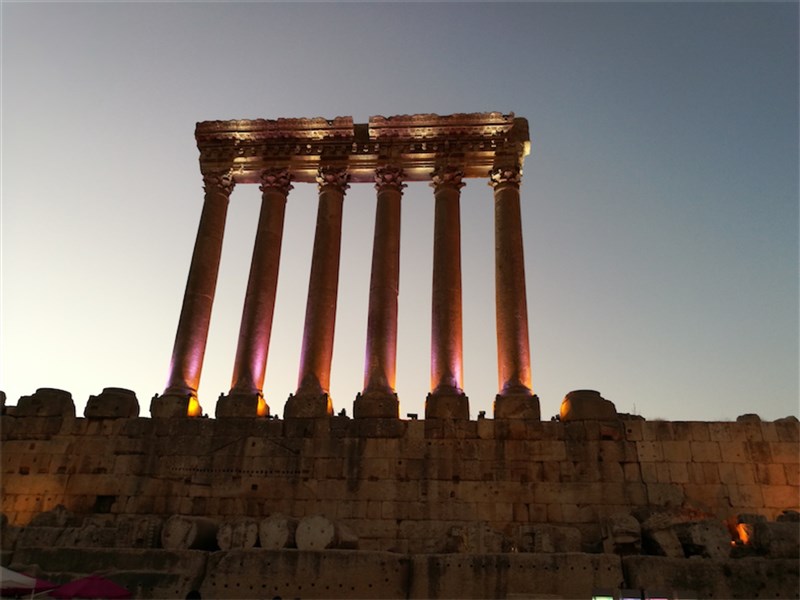
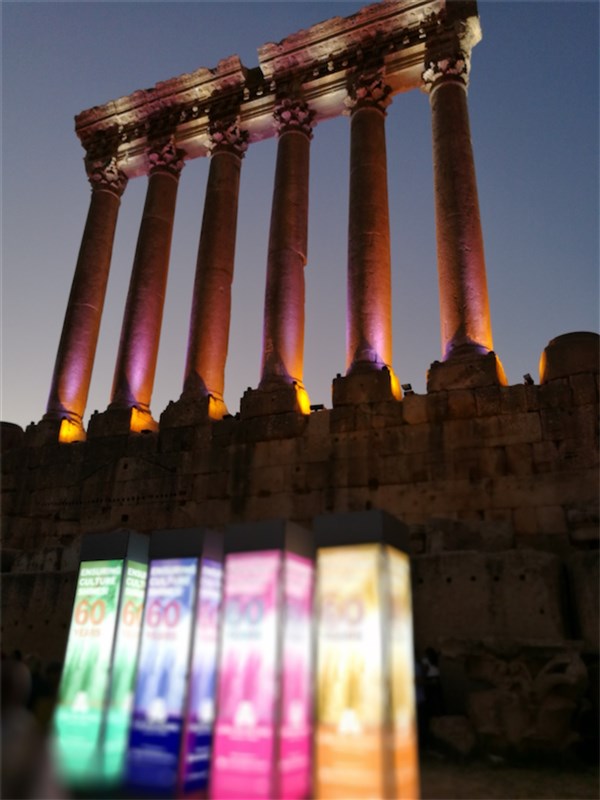
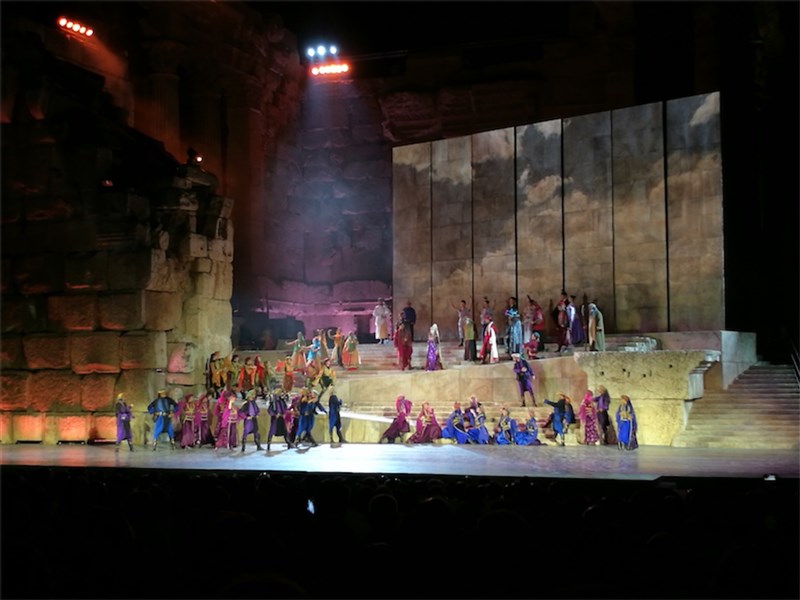
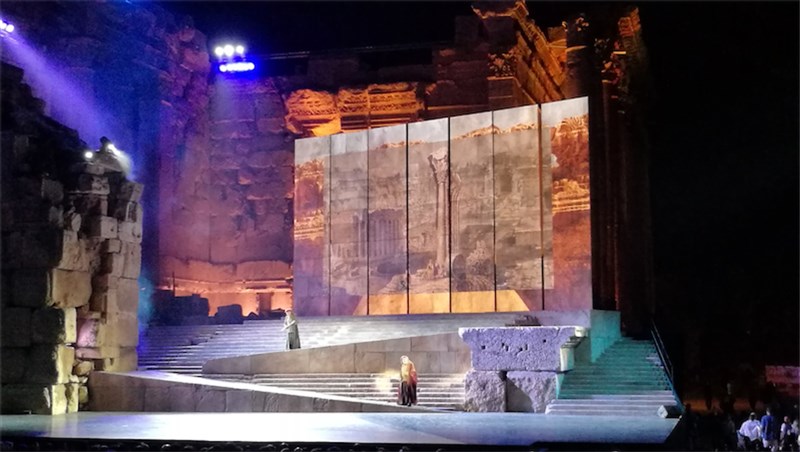
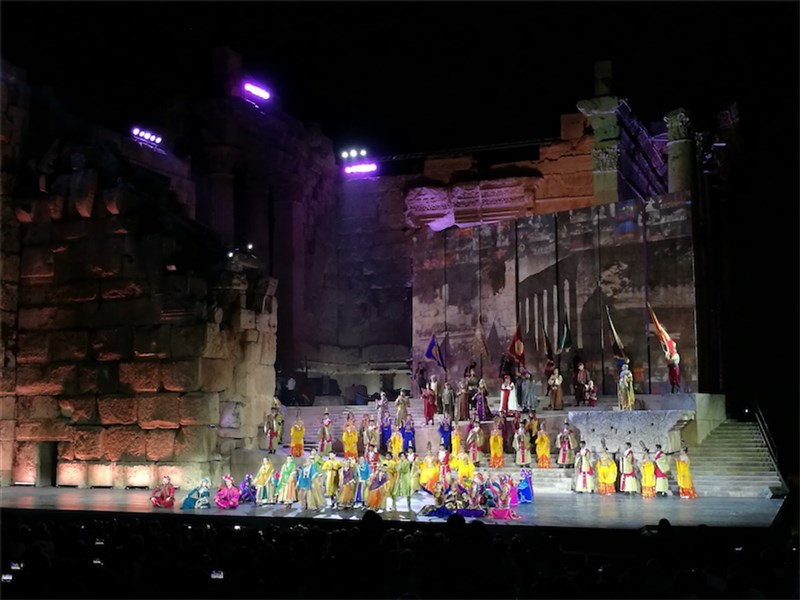
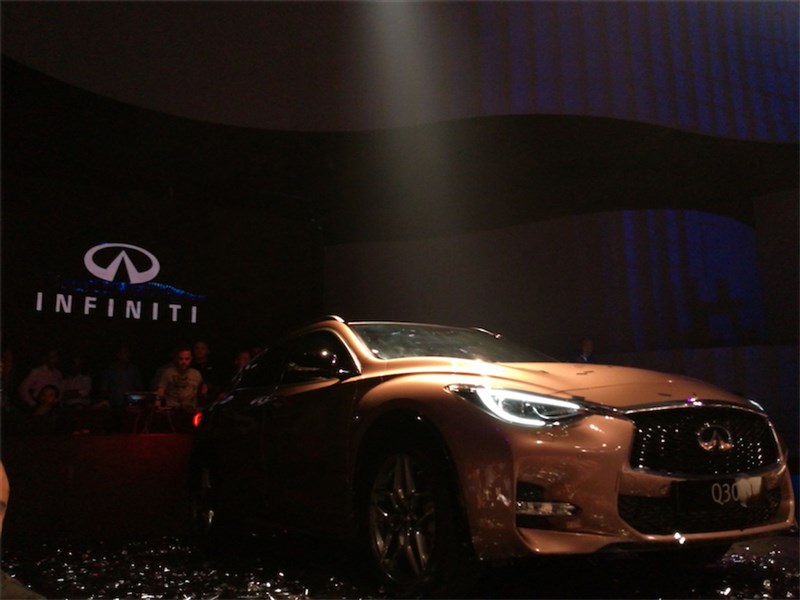
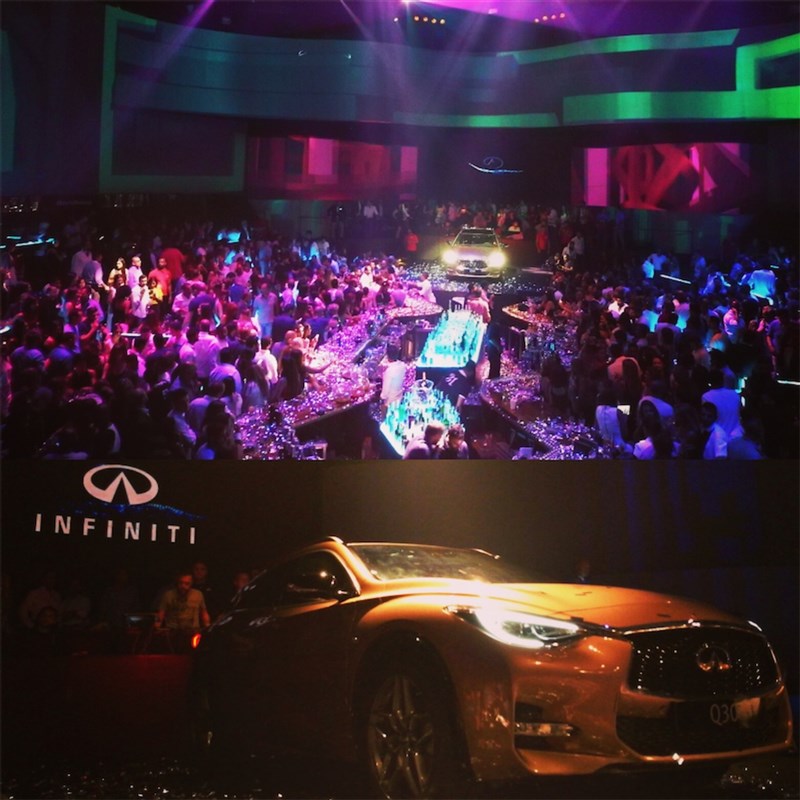
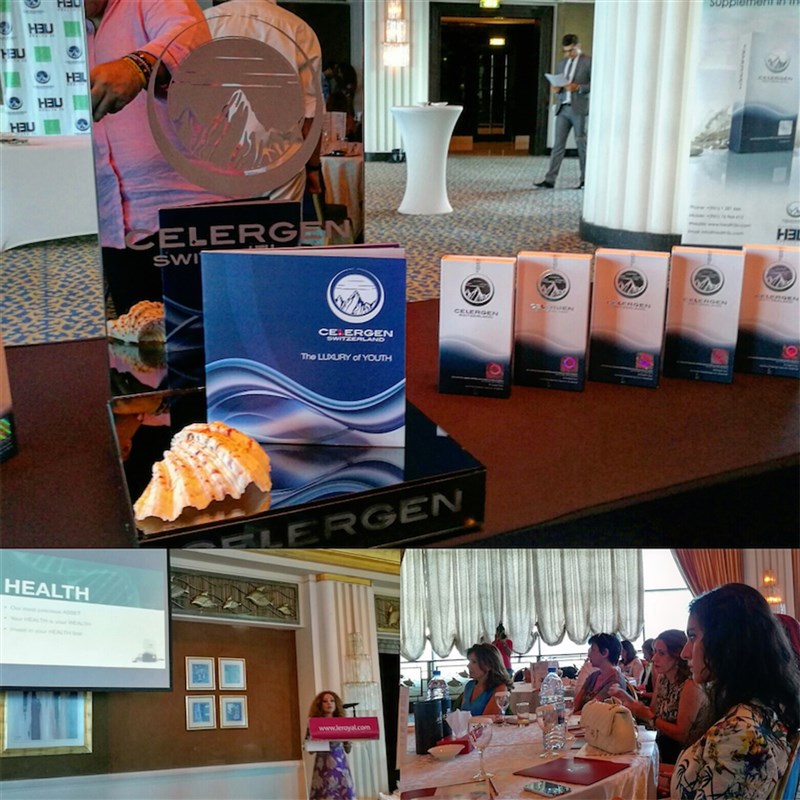
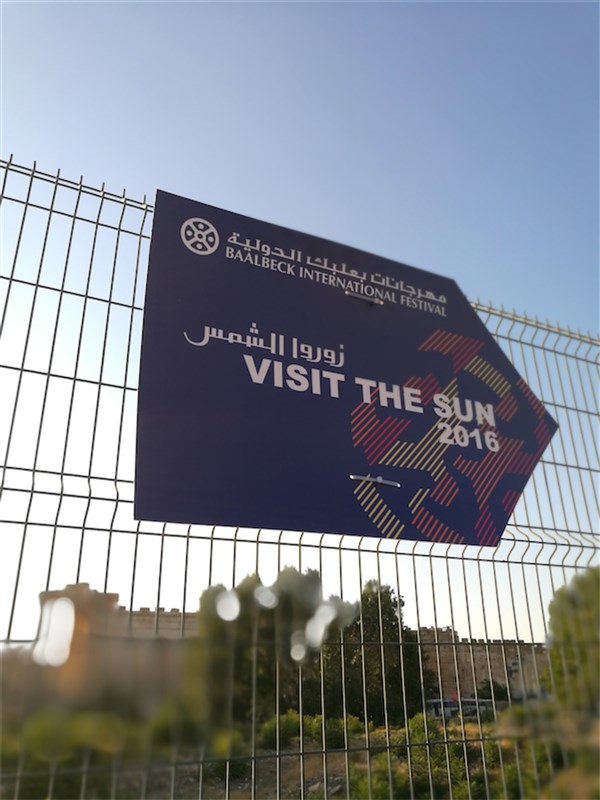
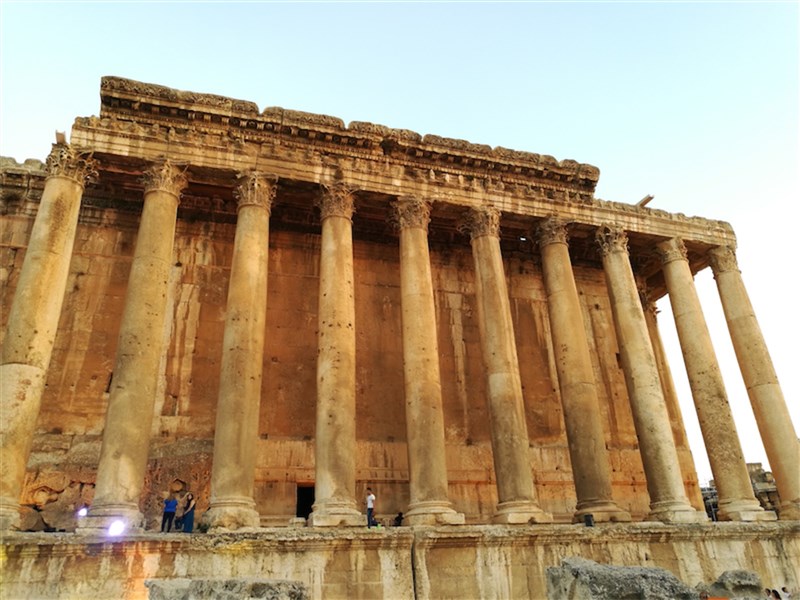
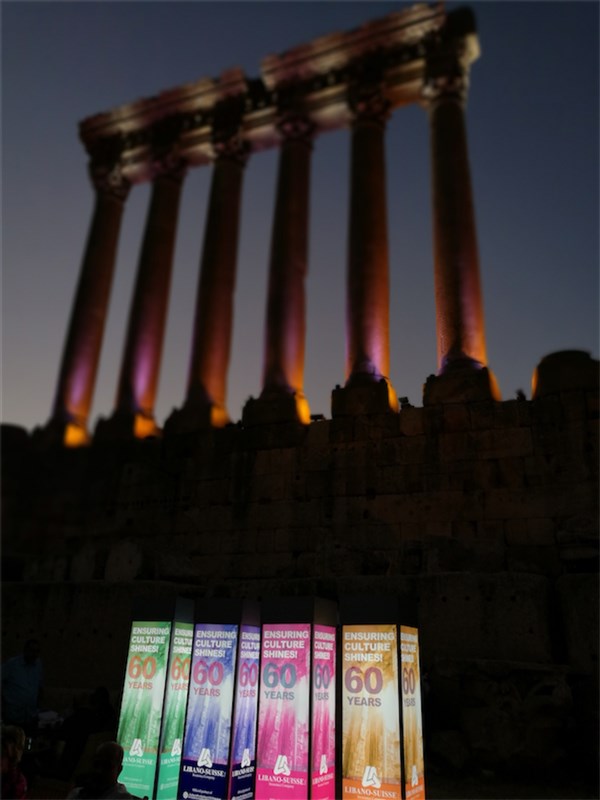
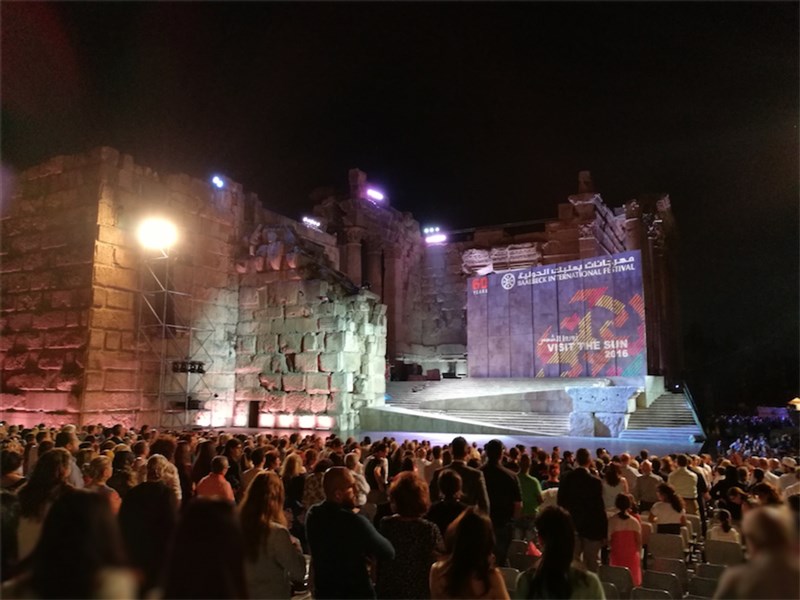

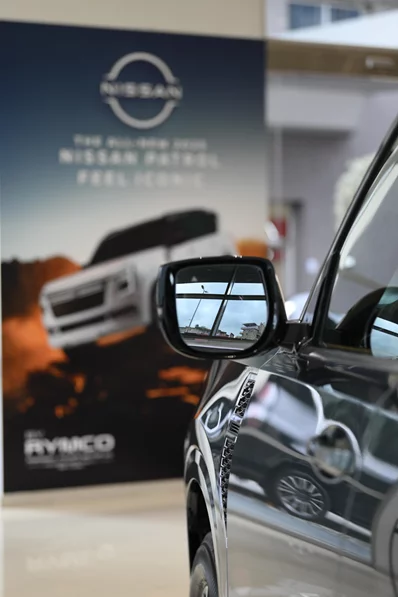
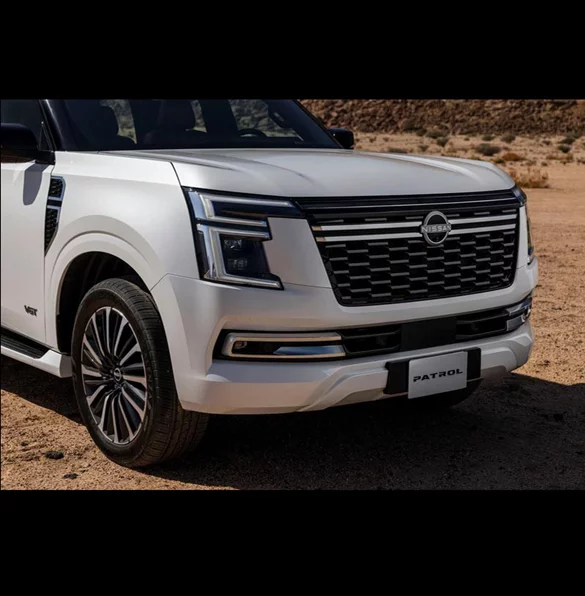
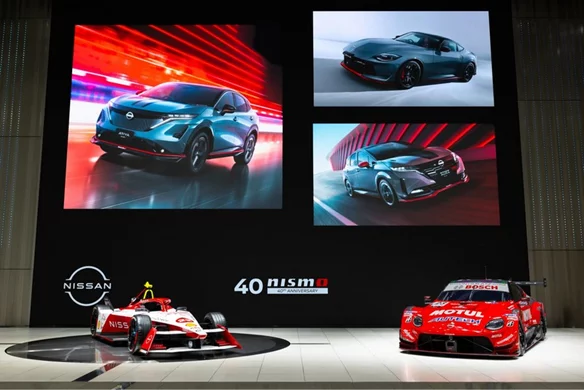
240905011518239~.webp)
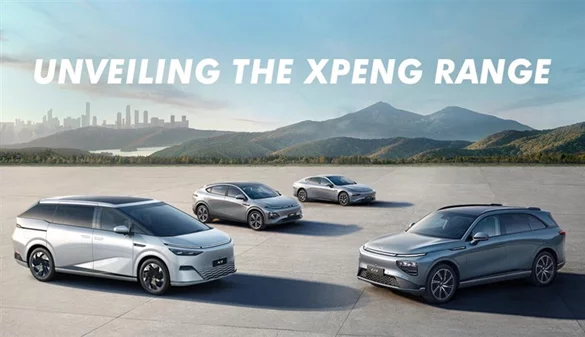
240814095929643~.webp)
